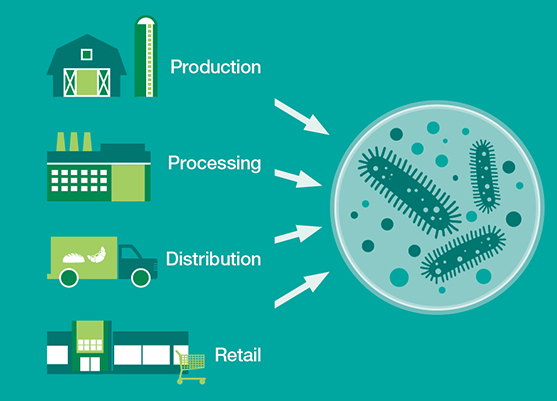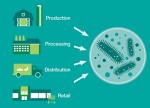FST: What is the next step for the sequencing project?
Welser: Once we finish the current work, we want to expand to a larger list of ingredients and do testing on the factory floor. In parallel, this coming year we expect to start addressing the question of how this would be used in a factory. Assuming I’m going to start by mapping the food ingredients that come in, what’s the right protocol for testing? What would be a prototype of how one could use a factory sequencing on a regular basis? That’s where Bio-Rad comes in as well, because the answer is not just scientific, it’s economic. How can this be done in a way that is economically feasible? To what extent does this complement existing testing versus whether it can replace certain [types of] testing over time? What else does this teach you in terms of the knowledge that comes out from it? How do you implement both the software and the testing protocols?
One of the most exciting things to Mars is seeing how we could implement this in a factory. Today, they and every food producer, do huge amounts of testing daily and spend millions of dollars doing it. Fortunately, 99.999% they find nothing. That means they’ve spent all that money and haven’t learned anything. The hope is that once you do [this sequencing], you’ll find what the microbiome looks like on that day and build up a huge database of how the microbiome shifts over time. We’re not talking about dangerous shifts or indicating that anything is wrong. But we know from other research on microbiomes that it changes daily and seasonally.
What can we learn from this to help us make further improvements? Maybe we will find that certain microbiomes preserve food longer, particularly in the fresh produce area. Are there certain microbiomes that would keep a tomato fresher on the shelves longer? Are there microbiomes that would be healthier for someone to eat? The hope is that running this [sequencing] everyday in the factory will give you information in the database that you can build on and gain analytics. Thus the money is serving two purposes: To keep food safe and to increase our knowledge about how to make food more healthful and nutritional.




